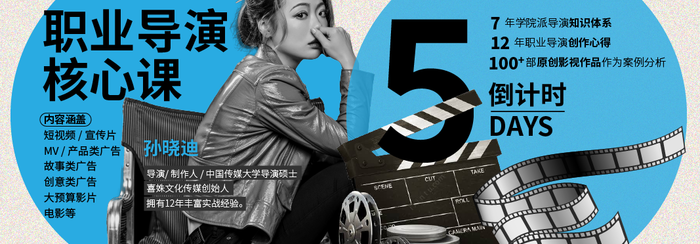谷歌手机的突破口在这?超强的HDR+功能
HDR的全称为(High-Dynamic Range)高动态范围图像,相比普通的图像,可以提供更多的动态范围和图像细节,简单来说,就是一张照片中,既包含了高光部分,又保留了暗部细节。
谷歌的Nexus 5和6都有HDR+应用程序(也只有它们两能用这个功能),据谷歌的资料显示,这个应用程序能够很好的帮助你拍摄到更好的图像,我们可以来看看下面这两组没打开和打开HDR+功能的图片,差异确实很明显。
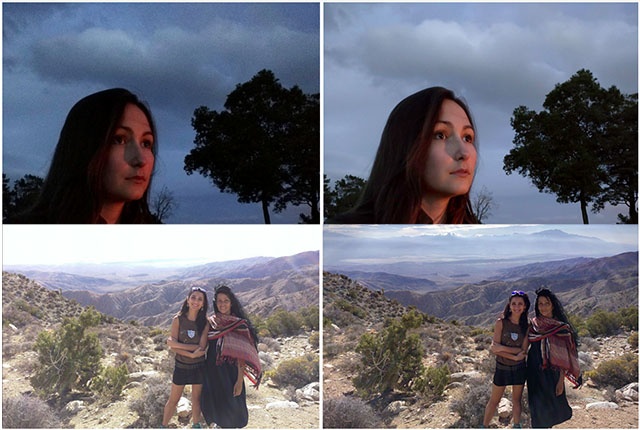
谷歌HDR+不同于传统的HDR,谷歌HDR+的工作方式是在1/3到1秒的时间内快速拍摄出多张照片,然后进行合成,更快的拍摄速度将可以很好的抑制重影和拖尾的现象。从拍摄的图片来看,HDR+的表现力确实不错,可以PK掉市面上大部分的品牌手机了。
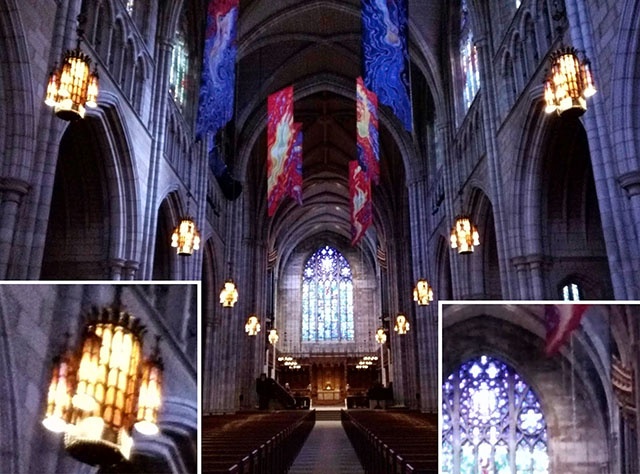
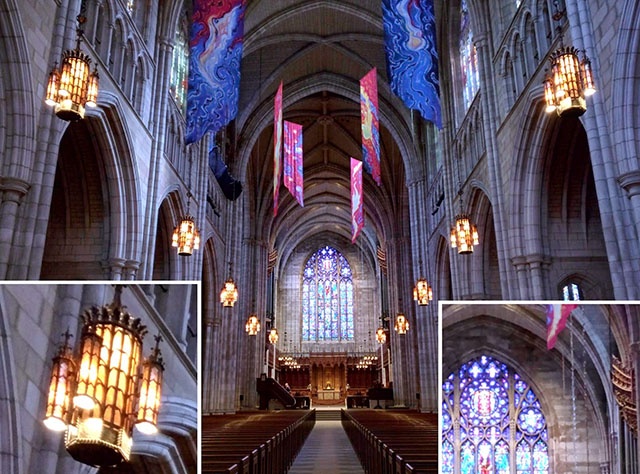
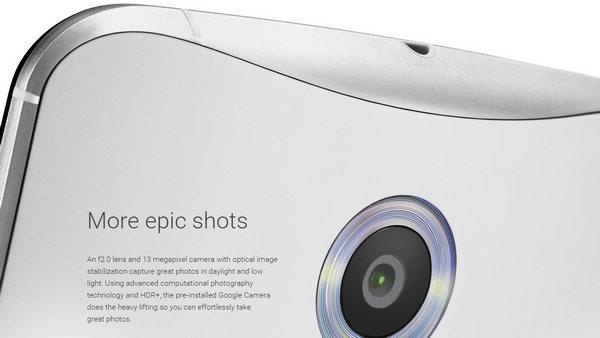
下面的是谷歌的工程师对谷歌HDR+的阐述,大致讲的是谷歌HDR+的处理技术:
As anybody who has tried to use a smartphone to photograph a dimly lit scene knows, the resulting pictures are often blurry or full of random variations in brightness from pixel to pixel, known as image noise. Equally frustrating are smartphone photographs of scenes where there is a large range of brightness levels, such as a family photo backlit by a bright sky. In high dynamic range (HDR) situations like this, photographs will either come out with an overexposed sky (turning it white) or an underexposed family (turning them into silhouettes).
HDR+ is a feature in the Google Camera app for Nexus 5 and Nexus 6 that uses computational photography to help you take better pictures in these common situations. When you press the shutter button, HDR+ actually captures a rapid burst of pictures, then quickly combines them into one. This improves results in both low-light and high dynamic range situations. Below we delve into each case and describe how HDR+ works to produce a better picture.
Capturing low-light scenes
The camera on a smartphone has a small lens, meaning that it doesn't gather much light. If a scene is dimly lit, the resulting photograph will contain image noise. One solution is to lengthen the exposure time - how long the sensor chip collects light. This reduces noise, but since it's hard to hold a smartphone perfectly steady, long exposures have the unwanted side effect of blurring the shot. Devices with optical image stabilization (OIS) sense this "camera shake” and shift the lens rapidly to compensate. This allows longer exposures with less blur, but it can’t help with really dark scenes.
HDR+ addresses this problem by taking a burst of shots with short exposure times, aligning them algorithmically, and replacing each pixel with the average color at that position across all the shots. Averaging multiple shotsreduces noise, and using short exposures reduces blur. HDR+ also begins the alignment process by choosing the sharpest single shot from the burst. Astronomers call this lucky imaging, a technique used to reduce the blurring of images caused by Earth's shimmering atmosphere.
“全球手机影像精选”每天与小伙伴们分享有趣、好玩的手机影像相关信息,为你的影像生活增添乐趣、色彩;快快扫一扫或微信直接搜索 qqsjyxjx 关注我吧!

谷歌的Nexus 5和6都有HDR+应用程序(也只有它们两能用这个功能),据谷歌的资料显示,这个应用程序能够很好的帮助你拍摄到更好的图像,我们可以来看看下面这两组没打开和打开HDR+功能的图片,差异确实很明显。

谷歌HDR+不同于传统的HDR,谷歌HDR+的工作方式是在1/3到1秒的时间内快速拍摄出多张照片,然后进行合成,更快的拍摄速度将可以很好的抑制重影和拖尾的现象。从拍摄的图片来看,HDR+的表现力确实不错,可以PK掉市面上大部分的品牌手机了。



下面的是谷歌的工程师对谷歌HDR+的阐述,大致讲的是谷歌HDR+的处理技术:
As anybody who has tried to use a smartphone to photograph a dimly lit scene knows, the resulting pictures are often blurry or full of random variations in brightness from pixel to pixel, known as image noise. Equally frustrating are smartphone photographs of scenes where there is a large range of brightness levels, such as a family photo backlit by a bright sky. In high dynamic range (HDR) situations like this, photographs will either come out with an overexposed sky (turning it white) or an underexposed family (turning them into silhouettes).
HDR+ is a feature in the Google Camera app for Nexus 5 and Nexus 6 that uses computational photography to help you take better pictures in these common situations. When you press the shutter button, HDR+ actually captures a rapid burst of pictures, then quickly combines them into one. This improves results in both low-light and high dynamic range situations. Below we delve into each case and describe how HDR+ works to produce a better picture.
Capturing low-light scenes
The camera on a smartphone has a small lens, meaning that it doesn't gather much light. If a scene is dimly lit, the resulting photograph will contain image noise. One solution is to lengthen the exposure time - how long the sensor chip collects light. This reduces noise, but since it's hard to hold a smartphone perfectly steady, long exposures have the unwanted side effect of blurring the shot. Devices with optical image stabilization (OIS) sense this "camera shake” and shift the lens rapidly to compensate. This allows longer exposures with less blur, but it can’t help with really dark scenes.
HDR+ addresses this problem by taking a burst of shots with short exposure times, aligning them algorithmically, and replacing each pixel with the average color at that position across all the shots. Averaging multiple shotsreduces noise, and using short exposures reduces blur. HDR+ also begins the alignment process by choosing the sharpest single shot from the burst. Astronomers call this lucky imaging, a technique used to reduce the blurring of images caused by Earth's shimmering atmosphere.
“全球手机影像精选”每天与小伙伴们分享有趣、好玩的手机影像相关信息,为你的影像生活增添乐趣、色彩;快快扫一扫或微信直接搜索 qqsjyxjx 关注我吧!

本文为作者 分享,影视工业网鼓励从业者分享原创内容,影视工业网不会对原创文章作任何编辑!如作者有特别标注,请按作者说明转载,如无说明,则转载此文章须经得作者同意,并请附上出处(影视工业网)及本页链接。原文链接 https://cinehello.com/stream/56009
